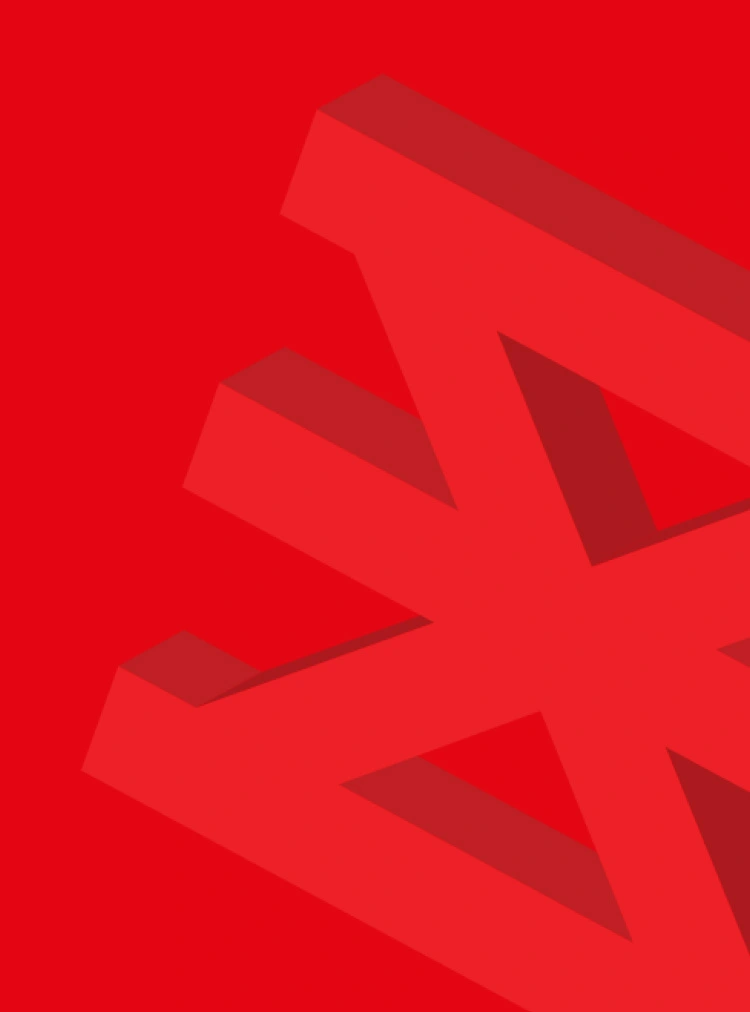It’s been a mainstay of our city for centuries: the recognisable gate that stands proud on our coat of arms. And you’ll still see it in the city today: tattooed on the upper arms of FC Twente supporters, or on the gowns of our wedding officiants. That gate has become a true city icon.
The 'final boundary'
We have had city rights and a city seal since 1325. However, ‘our’ legendary red gates don’t make their first appearance until 1666, when they show up on our renewed city seal. The story of how they got their meaning is an interesting one. A magistrate with a keen eye for etymology wanted to emphasise that Enschede was the real ‘Eindscheiding’, or final boundary, between Overijssel and Münster. Thus, in 1819, the gates also became part of the city’s coat of arms as we know it today, including the two lions and the crown.
The invitation
Myriad versions of the red gates have cropped up since, but they have never lost their ‘simple’ design. Three cross beams with two sloping beams superimposed. Having retained their constant simplicity through the ages, they have become a true icon. And their meaning has deepened over time. Whereas they used to indicate a boundary for ourselves and others, we now interpret them as a boundary you want to push. And as a city, Enschede is looking to connect more than ever before, crossing any borders it encounters. We’re no longer the end of the line, we’re a marker of unity and connection. We are, after all, an inviting sort of people. Inviting others to discover life within our city limits, and challenging ourselves to push the limits of what we are capable of.


